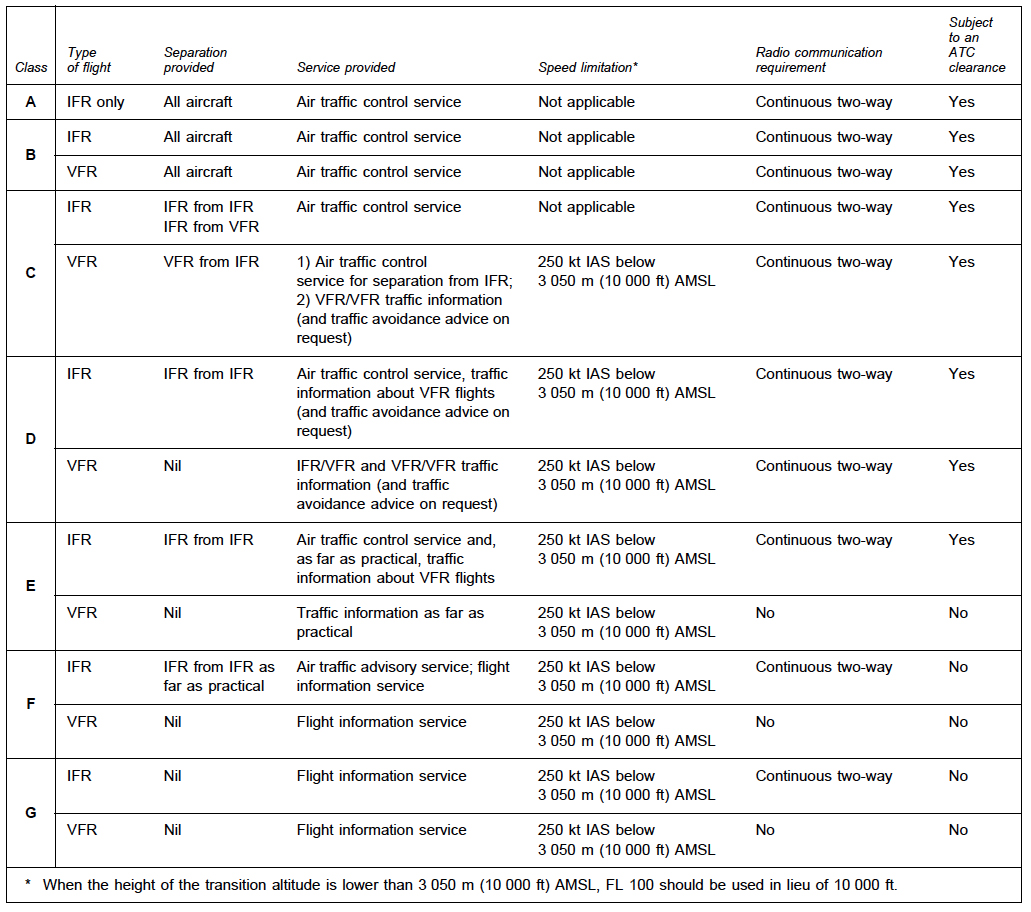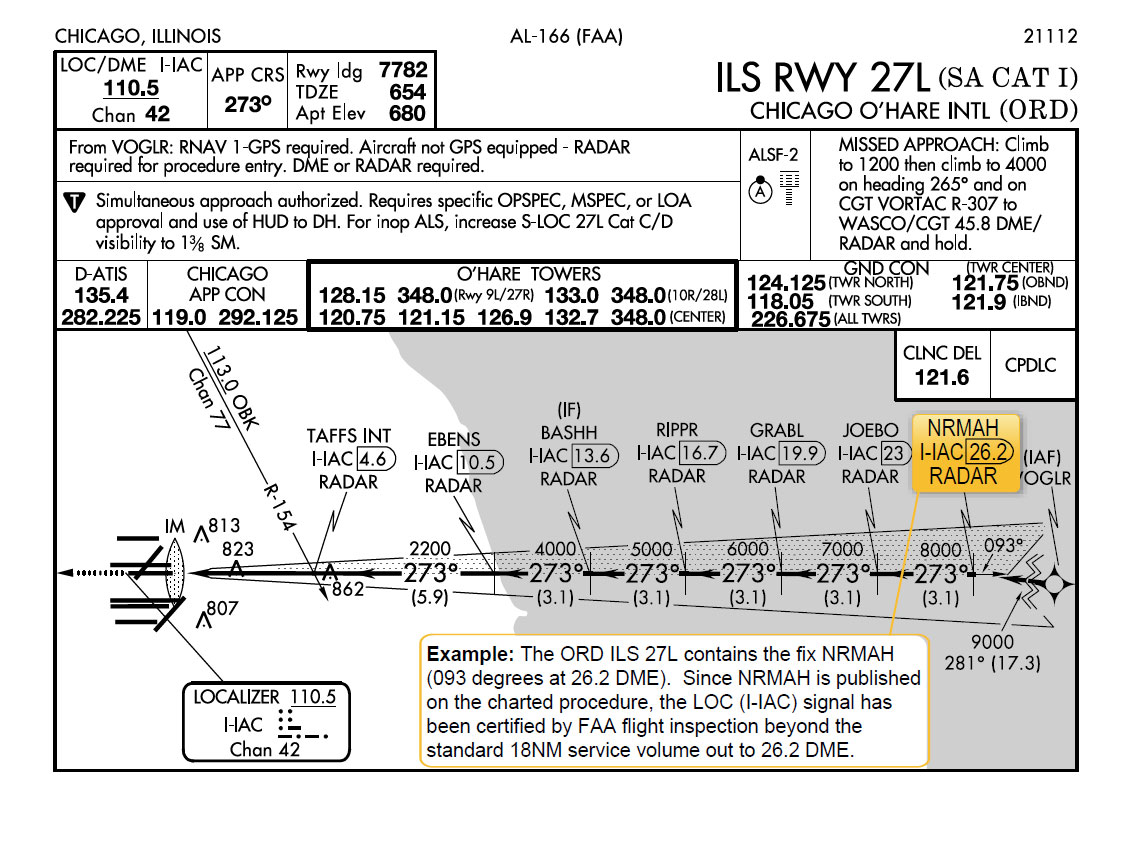class g airspace visibility requirements
135609 VFR ceiling and visibility requirements for Class G airspace. B No person may operate a helicopter under VFR in Class G airspace at an altitude of 1200 feet or less above the surface or within the lateral boundaries of the surface areas of Class B Class.
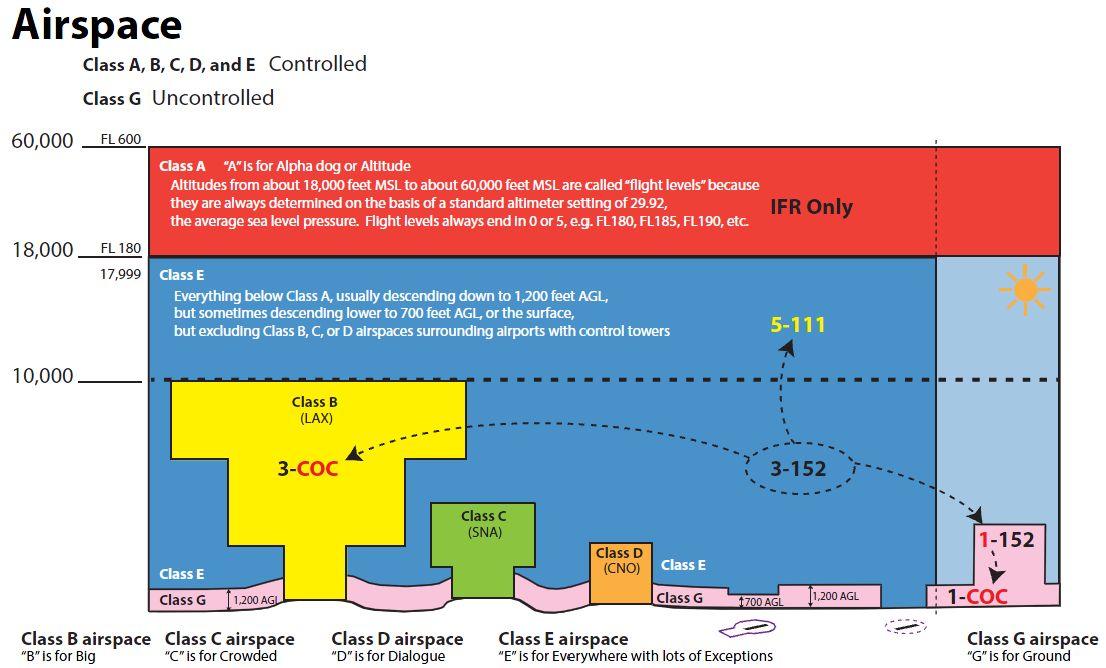
Memorizing Vfr Minimums Pilots Of America
11 rows On the other hand Class G airspace has four different sets of altitude-dependent minimums.

. Cloud evacuations range from. Class G airspace uncontrolled is that portion of airspace that has not been designated as Class A Class B Class C Class D or Class E airspace. 135609 VFR ceiling and visibility requirements for Class G airspace.
Day except as provided in 91155b 1 statute mile. Notwithstanding the provisions of paragraph a of this section the following operations may be conducted in Class G airspace below 1200 feet above the surface. If you are above 1200 AGL but lower than 10000 MSL you must remain 500 ft below 1000 ft above and 2000 ft.
Depending on the height at which you fly and the time you fly in Class G airspace your visibility requirements can vary from 1 to 5 SM. VFR visibility requirements in class G airspace are 1 mile 16 km by day and 3 miles 5 km by night for altitudes below 10000 feet 3050 m MSL but. Rules governing VFR flight.
For aircraft other than helicopters. VFR Minimum Distance from. VFR Minimum Visibility Below 10000 MSL.
There are a few other limitations to be aware of in Class G airspace. At night in Class G between 1200 AGL and 10000ft MSL the visibility and cloud clearance are the same as Class CD. Class G is completely uncontrolled.
A Unless otherwise specified in the certificate holders operations specifications when conducting VFR helicopter. Notwithstanding the provisions of paragraph a of this section the following operations may be conducted in Class G airspace below 1200 feet above the surface. Above 10000ft MSL the requirements are 5 SM visibility.
Youll also need to stay 1SM horizontally from 1000 above and. 12 rows Class C. If youre flying in Class E or G airspace your visibility requirement above 10000 MSL is 5SM day or night.
G night 3 statute miles 152 4500 below 41000 above 42000 horizontal G day 1 statute mile 152 4500 below 41000 above 42000 horizontal G night 3 statute miles 152 4500 below. Less than 10000 feet. A Unless otherwise specified in the certificate holders operations specifications when conducting VFR helicopter.
Day - 1 Statute Mile Night - 3 Statute Miles. Class G 1200 feet or less above the surface regardless of MSL altitude. In the airspace highlighted below Class E starts at 1200 AGL so Class G automatically starts at the surface and extends to - but doesnt include - 1200 AGL.

Pilot S Guide To Class E Airspace Flight Training Central
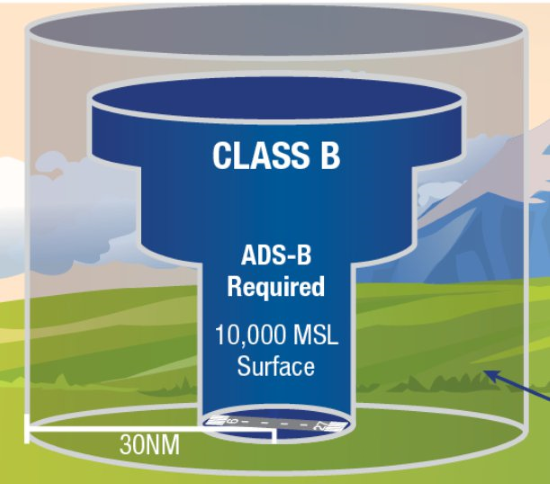
Airspace Classes Explained The Ultimate Guide For Beginners
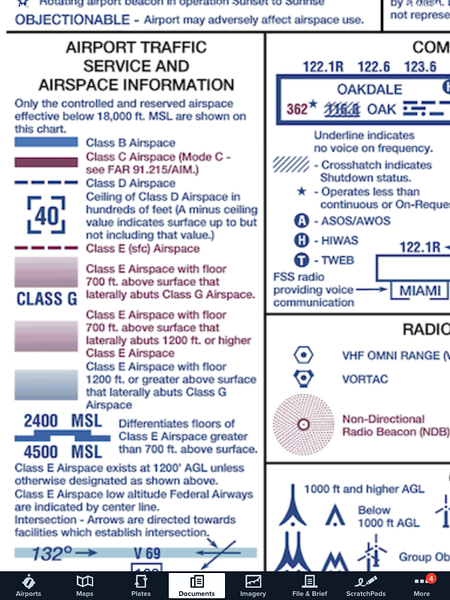
Airspace Charting Question Pilots Of America

Faa Airspace And Weather Minimums Test 2 Practice Test Geeks
Class G Class E Airspace Weather Graphic Oregon Flight School
Powered Parachute Flying Handbook Chapter 8 Airspace Classification And Requirements

Vfr Weather Minimums Severe Vfr
How To Remember Vfr Weather Minimums Bobbie Lind

Sarah Nilsson Test Prep 4 Airspace
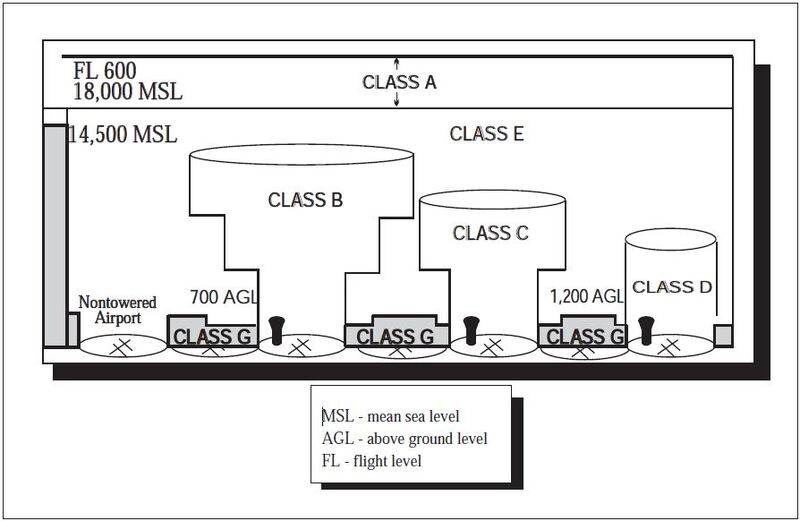
Enr 1 4 Ats Airspace Classification

Separation In Class E Airspace
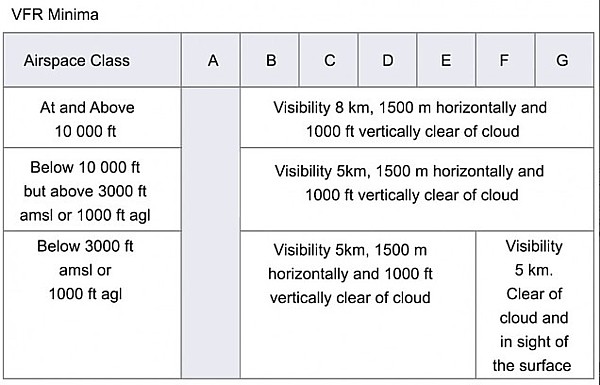
The Airline Pilots Forum And Resource

How To Memorize Airspace In 5 Minutes Youtube

Private Pilot Airplane Lesson 4 3 14cfr Part 91 Faithful Guardian Aviation

